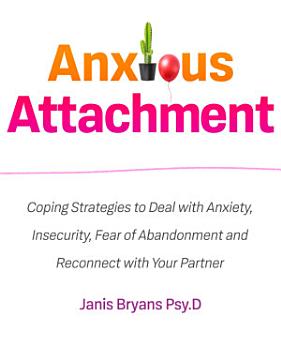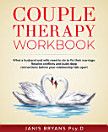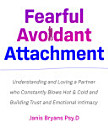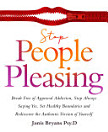Anxious Attachment: Coping Strategies to Deal with Anxiety, Insecurity, Fear of Abandonment and Reconnect with Your Partner
About this ebook
Are you a slave to jealousy or terrified of abandonment?
Would you like to change your existing relationship and destroy the anger, stress and anxiety that you deal with every day?
Attachment styles are the way in which we connect with other people. They are generally developed by infants and further refined by children, adolescents and adults.
Many of the fears, beliefs and behavioural patterns you possess as an adult are derived from how you felt in the first few years of life.
People who have developed an anxious attachment may have a hard time feeling secure in relationships. As young children, they may cling to caregivers or become inconsolable when a caregiver leaves.
In adulthood, they may need constant reassurance and affection from their partner, strong fear of rejection or abandonment and clinginess in relationships. They may also have trouble being alone or single.
They live with the constant feeling of being unworthy at the same time as obsessively longing for love.
People with anxious attachment may show signs of:
- Jealousy and frustration when their partner is inattentive or unavailable.
- A strong fear of rejection, criticism and abandonment.
- A tendency to put others and their needs first.
- A strong desire for a relationship and intimacy and a hard time being alone.
- Seeking approval and reassurance from others.
- Clingy and needy behaviour in relationships.
- Lacking a strong sense of self & low self-esteem.
- Easily ignoring or misreading signs of relationship issues.
- Becoming extremely upset when receiving disapproval.
- Over analysing and worrying excessively about relationships.
- Being overly sensitive to a partner’s actions and moods.
- Being highly emotional, impulsive, unpredictable and moody.
Every day people with this condition have to struggle with the fear of being abandoned, their anxiety suffocates the relationship and they are left behind. This creates in them a self-fulfilling prophecy.
Loving someone with anxiety can be hard. Any person who is close to person who has anxious attachment issues may feel:
- Powerless in the face of the person’s malaise.
- Low in self-esteem.
- Overwhelmed by their anxieties and emotions.
- Empty and confused.
- Lonely and sad.
The good news is that you can change the attachment style. It may take time, work and a great deal of understanding from people in life. However, it is possible to build intimate, secure relationships that are fulfilling and give you a sense of fulfilment.
Without quick intervention, those who have a relationship with a person preoccupied with anxiety will end up having to settle for a relationship made up of distances, misunderstandings and conflicts until the relationship is totally broken. Everything that has been built together will be lost forever.
Understanding and managing the wounds of attachment is the best gift that you can give to your relationship.
Ratings and reviews
- Flag inappropriate







